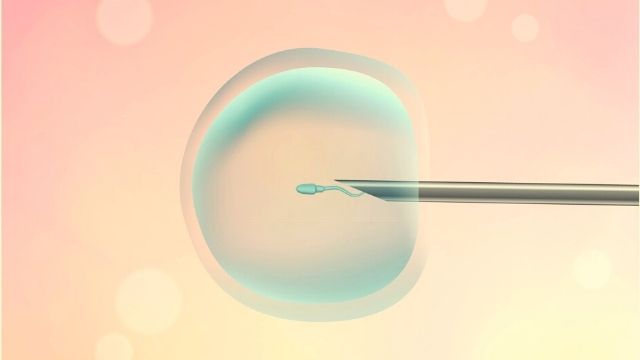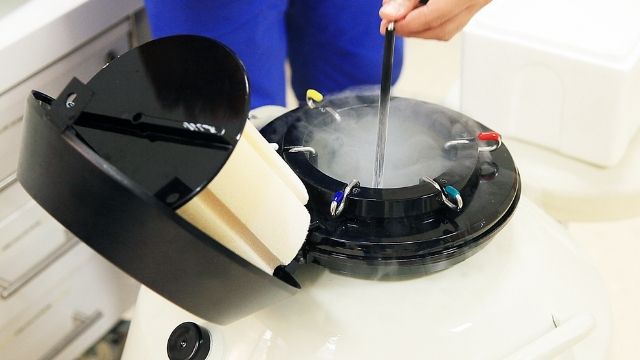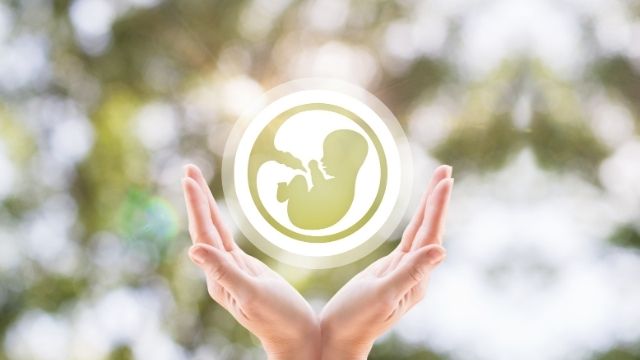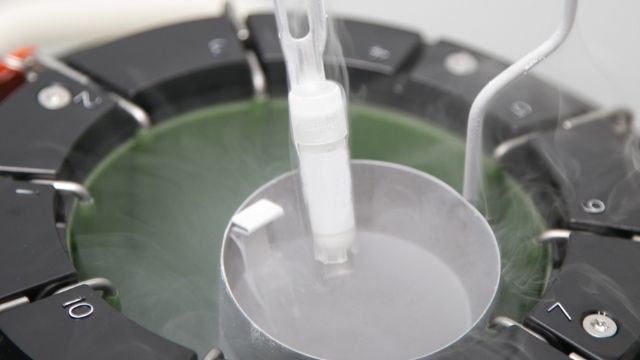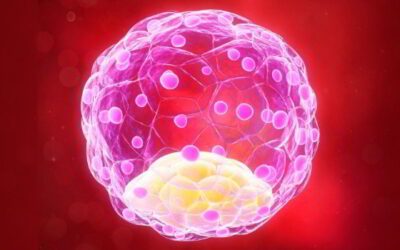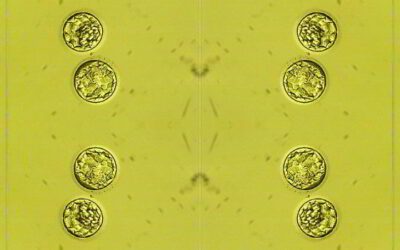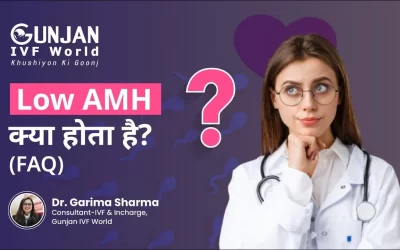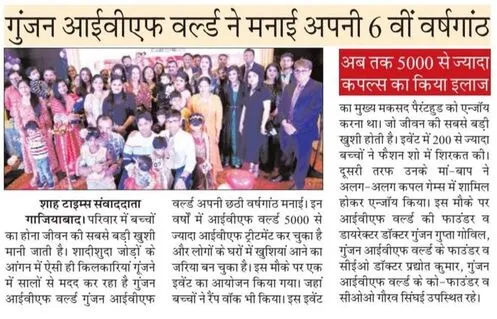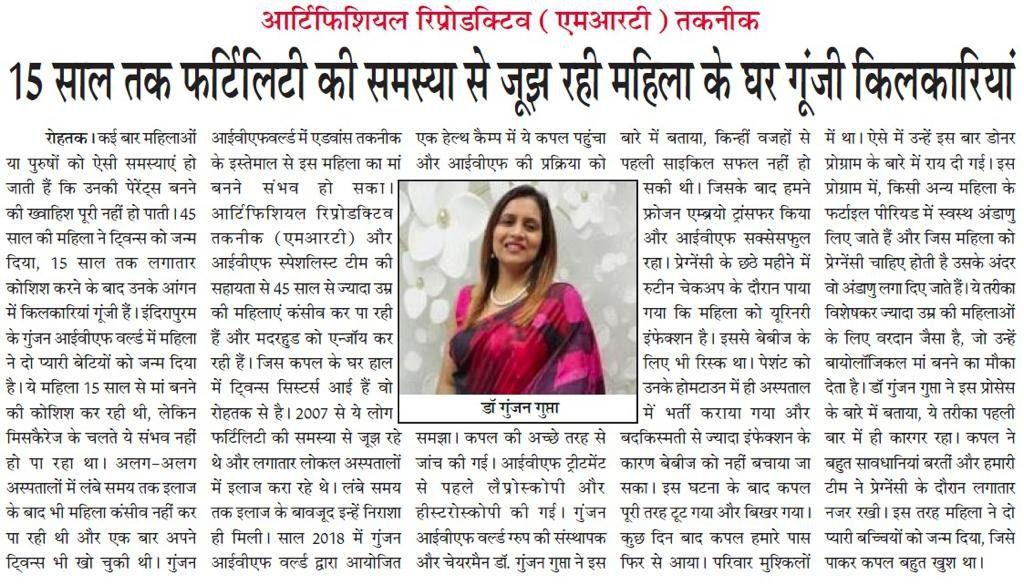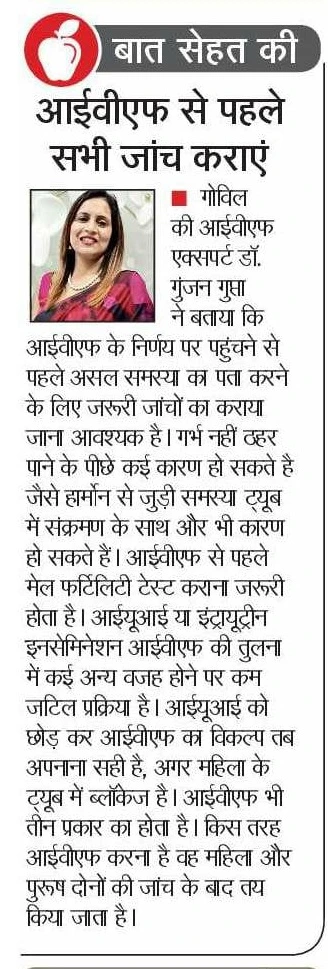Blastocyst Transfer
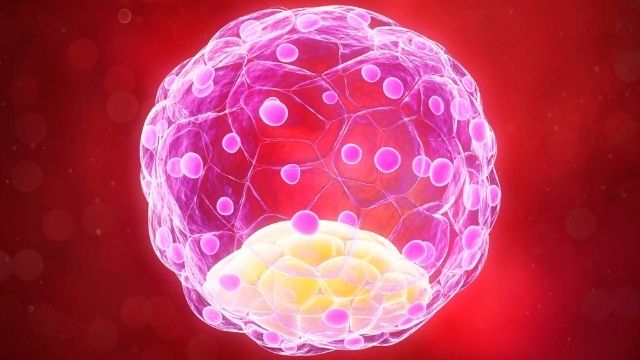
What is a Blastocyst Transfer?
Blastocyst Transfer is the process of transferring an embryo that is in its last stage of development. In this stage, the embryo is of about 100-120 cells and is called a blastocyst. In the transfer process, an embryologist chooses the best blastocyst for transferring it into the women’s uterus during an IVF procedure.
Blastocyst transfer has many benefits over transferring embryos like it increases pregnancy chances in an IVF procedure. Once the blastocyst transfer has been done, the blastocyst gets implanted on the uterus wall and a woman becomes pregnant after that.
Everything You Need to Know About Blastocyst Transfer
Why is it | How Quick | Success Rate | Blastocyst Has Implanted
Why is a Blastocyst Transfer important?
As multiple embryos are formed in an IVF procedure it is beneficial for doctors to choose the best embryo for transfer. This is done by monitoring the growth of all the embryos. By allowing all the embryos to grow from the stage or day 3 (cleavage stage) to the stage or day 5/6 (blastocyst) allows the doctor to select the embryos that have the highest chance of success. The embryos that don’t reach the stage of the blastocyst are likely to die and not result in a pregnancy.
Whereas healthy embryos that reach the blastocyst stage are likely to result in a healthy pregnancy. Also, embryos that continue to grow to the blastocyst stage have a lower rate of chromosomal errors and therefore a higher chance of resulting in a healthy baby. Transferring fewer embryos greatly reduces the
In old IVF techniques, embryologists used to transfer the embryo to cleavage stage 2 or 3 (grown in a lab for 2 /3 days) and wait for it to grow into blastocysts in the uterus itself. But in modern and advanced IVF practices, a blastocyst is transferred in the uterus so that it is fully ready to get implanted on the walls of the uterus.
If You Are Having Trouble to Getting Pregnant, you Might Want to see Gynaecologist, IVF Center in Delhi. Each Patient Receives Individualised Care and Treatment Plans from Our team of Skilled Doctors and Specialists to Address Their Unique Needs.
We are one of the Best IVF Clinic in Delhi NCR!
51.8K
Subscribers
4.6 (383 reviews)
4.5 (409 reviews)
3.5 (254 reviews)

5 Out Of 5
How quickly does a blastocyst implant?
During an IVF procedure, the blastocysts normally hatch out of the shell and start getting to implant after 2 days of the blastocyst transfer. This means that the implantation takes place about 7 to 8 days after the fertilization of the sperm and the egg.
What is the success rate of blastocyst transfer?
With the help of transferring blastocysts into the uterus, the chances of pregnancy have also risen up. Choosing to transfer a blastocyst over stage 2 or 3 of the embryo has shown positive results in IVF cases.
In the women below the age of 30, the success chances are 50% whereas in women above 30 these chances become 35-40% in a blastocyst transfer. The success rate of blastocyst transfer also differs for different women has every woman has different medical conditions. Read our post on ‘How to make IVF a success for the first time?‘
At Gunjan IVF World our success rate with Blastocyst transfer is as high as 70%, though individual variations can occur due to patient factors.
Why Choose US
When it comes to your Fertility journey, IVF centre in Ghaziabad Stands out by combining compassionate care and state-of-the-art technology. Our dedicated team of experts is committed to supporting you every step of the way, ensuring the highest probability of success.
How do you know if a blastocyst has implanted?
After a blastocyst has been transferred, some women may notice signs and symptoms that implantation has occurred. These implantation signs may include cramping, light bleeding, bloating, nausea, headaches, sore breasts, mood swings, and changes in basal body temperature. But these are not mandatory symptoms and may differ from person to person.
Sub Treatments For IVF
Patient Testimonials
It’s always the word of mouth that’s the best advice
Published On: 3 Dec 2018
London to Gunjan IVF: Mrs. Pragya's journey of parenthood |Treated for pregnancy care | Gunjan IVF
Published On: 7 Oct 2018
We are pregnant!! | Pregnancy after Fibroid Removal Treatment (Myomectomy)| Gunjan IVF World

Erica Benn
It was such a nice experience with Dr. Gunjan and how she tackle our case. I must recommend this clinic as one of the best IVF clinic in Delhi-NCR. Thanks to Dr. Gunjan to give me my motherhood.

Nitesh Kumar Thakur
Gunjan IVF World in Indirapuram, Ghaziabad is the best hospital for surrogacy and ivf services in Delhi-NCR. Dr. Gunjan Gupta is founder and director of Gunjan IVF World. Gunjan IVF is the best ivf center in Indirapuram , Ghaziabad. Treatments at affordable prices.

Akansh Garg
Dr gunjan gupta is one of best gyne in delhi ncr especially in ghaziabad she explains each n everything very clearly to avoid any confusion. staff is very supportive n helpful.

Manisha Pathak
Went for treatment at various places in Delhi since 2012. Then came to know about Gunjan IVF. Started treatment in October 2020. The treatment is going on and we are quite hopeful. Gunjan ma'am is a very good doctor who treated me well and the staff are also very good and helpful.

Erica Benn
It was such a nice experience with Dr. Gunjan and how she tackle our case. I must recommend this clinic as one of the best IVF clinic in Delhi-NCR. Thanks to Dr. Gunjan to give me my motherhood.

Nitesh Kumar Thakur
Gunjan IVF World in Indirapuram, Ghaziabad is the best hospital for surrogacy and ivf services in Delhi-NCR. Dr. Gunjan Gupta is founder and director of Gunjan IVF World. Gunjan IVF is the best ivf center in Indirapuram , Ghaziabad. Treatments at affordable prices.

Akansh Garg
Dr gunjan gupta is one of best gyne in delhi ncr especially in ghaziabad she explains each n everything very clearly to avoid any confusion. staff is very supportive n helpful.

Manisha Pathak
Went for treatment at various places in Delhi since 2012. Then came to know about Gunjan IVF. Started treatment in October 2020. The treatment is going on and we are quite hopeful. Gunjan ma'am is a very good doctor who treated me well and the staff are also very good and helpful.
Our Expert Team
Dr. Gunjan Gupta Govil
Founder & Director
Founder, Director & Gynaecologist with specialization in IVF, Infertility & Laparoscopy of 20+ years of experience.
(20+ years of experience)

Dr. Pradyot Kumar
Founder, CEO and a specialized Neurosurgeon who is an expert in complex Brain and Spine surgeries.
(25+ years of experience)

Mr. Gaurav Singhai
COO and an entrepreneur who co-founded Gujan IVF world along with Dr Gunjan and Dr Pradyot.
(5+ years of experience)

Paritosh Sarkar
Embryologist
He is a highly experienced and successful Embryologist with more than 10 years of experience in IVF.
(10+ years of experience)
Patient Guide
Along with treating our patients, we also guide them with the help of our educational blogs and videos.
Educational Blogs

Why do blastocyst not implant?
The reasons for an unsuccessful implantation are very uncommon and rare as well. Blastocyst provides a greater chance of becoming pregnant therefore the procedure is handled properly as well.

What happens after blastocyst transfer?
Before jumping to the immediate question first let’s have a small brief of what is blastocyst transfer. Blastocyst transfer is the transfer of embryos that have achieved a higher stage of development.

Can blastocyst fall out?
Maximum patients worry about what they can do or cannot do after an embryo transfer. They have the fear that if they do something wrong, the embryo would not attach or fall out.
Why do blastocyst not implant?
The reasons for an unsuccessful implantation are very uncommon and rare as well. Blastocyst provi...
What happens after blastocyst transfer?
Before jumping to the immediate question first let’s have a small brief of what is blastocyst t...
Can blastocyst fall out?
Maximum patients worry about what they can do or cannot do after an embryo transfer. They have th...
Educational Videos
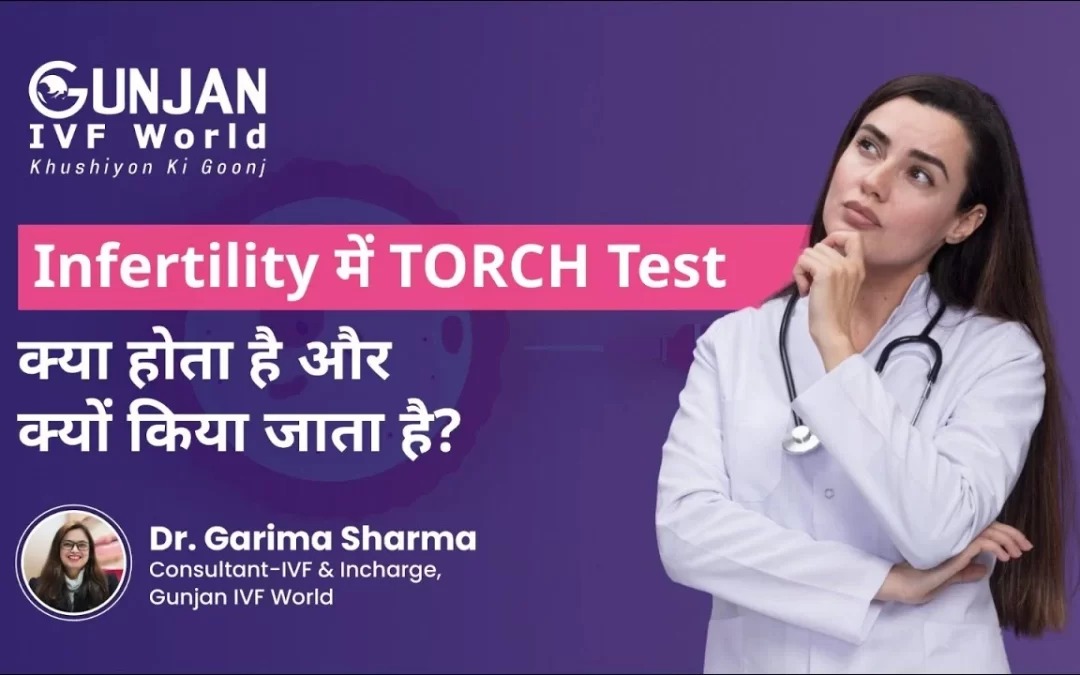
What is TORCH test in infertility and why is it done?
There are numerous tests that are available to infertile couples that are recommended by some doctors, which might help them determine the cause of their infertility. One such test is the TORCH test.

What is Prolactin Hormone?
Prolactin is a hormone produced by the pituitary gland present at the brain’s base. It is best known for its role in lactation, or milk production, in breastfeeding women.However, Prolactin also plays other important roles in both men and women, such as regulating the immune system, stimulating the growth of new blood vessels, and influencing behaviour and reproductive function. In this blog, we will explore what Prolactin is, how it works, and what happens when there are imbalances in prolactin levels.
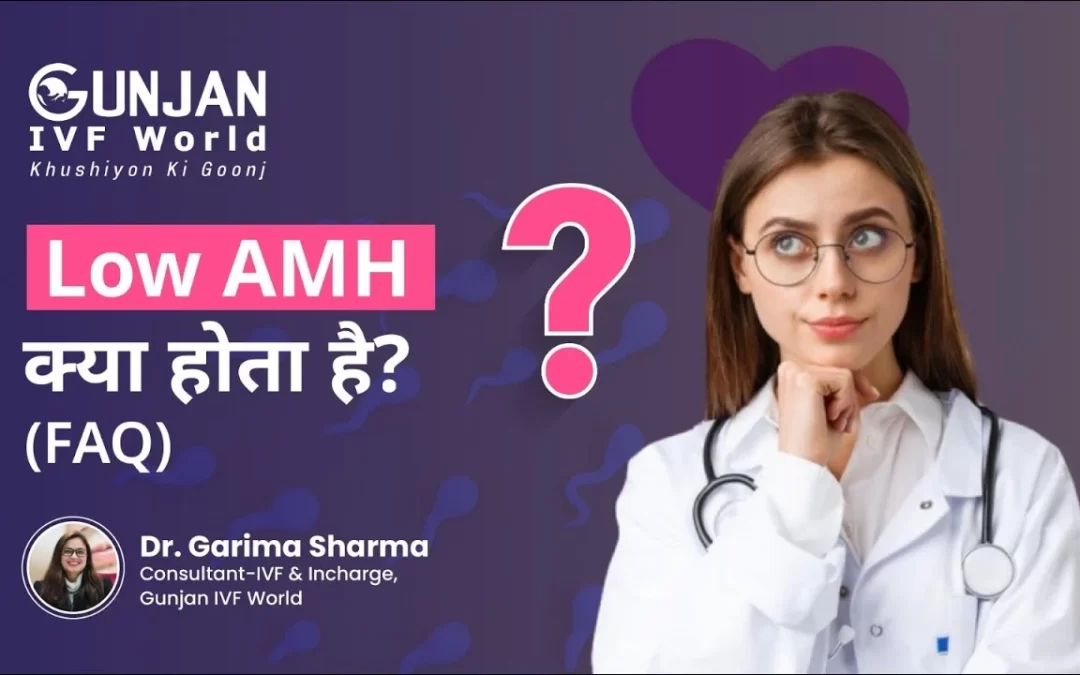
Frequently Asked Questions about Low AMH
Primordial and Preantral follicles produce AMH. So the AMH level indicates the number of eggs or egg reserves you have in your ovary. Putting simply, if your AMH level is low, then the number of eggs in your ovary is less.
What is TORCH test in infertility and why is it done?
There are numerous tests that are available to infertile couples that are recommended by some doc...
What is Prolactin Hormone?
Prolactin is a hormone produced by the pituitary gland present at the brain’s base. It is b...
Frequently Asked Questions about Low AMH
Primordial and Preantral follicles produce AMH. So the AMH level indicates the number of eggs or ...


